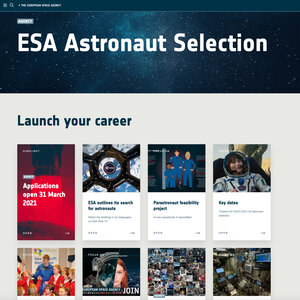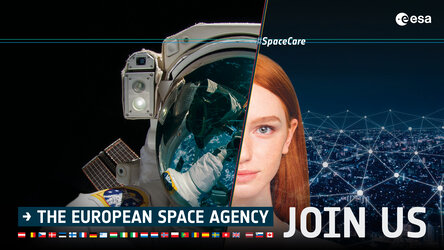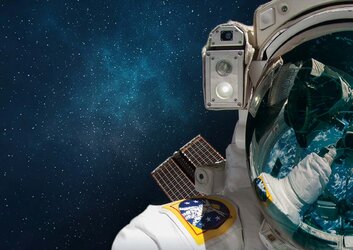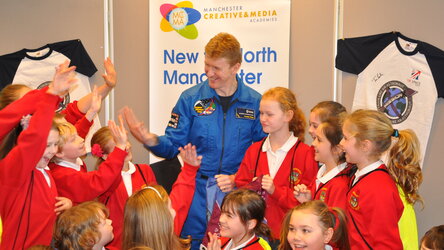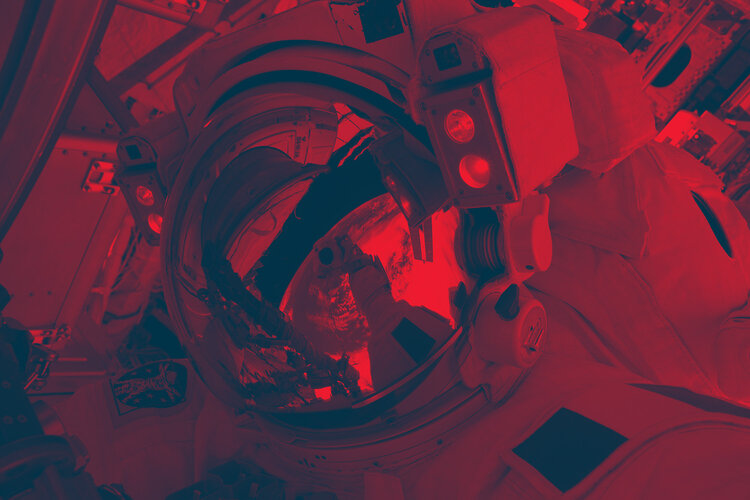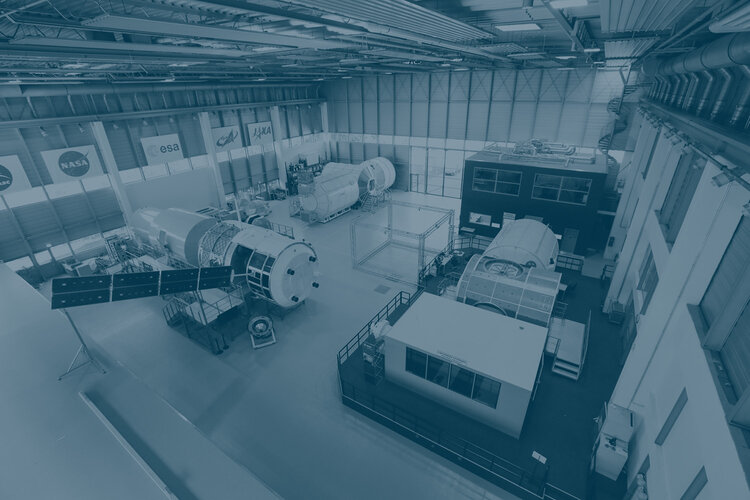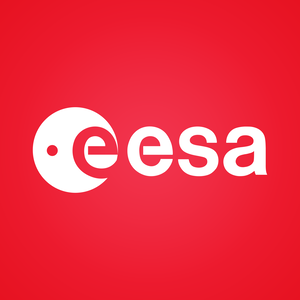Training for space
Astronaut training consists of three main phases: basic training, pre-assignment training and assigned crew or so-called increment training.
Basic training
Immediately after recruitment, astronaut candidates undertake one year of basic training at their duty station, the European Astronaut Centre (EAC). Training begins with information on ESA and other space agencies along with their main space programmes. After this introduction, trainees proceed to fundamentals across a wide range of engineering and science disciplines.
A third block covers major space systems: The International Space Station (ISS), transportation vehicles such as US commercial crew vehicles (SpaceX and Boeing) and the Russian Soyuz spacecraft. The operations of these systems including ground control are included. Basic training also builds astronautic skills that are required for specific tasks on the ISS such as extravehicular activities (spacewalks), robotics, spacecraft rendezvous and docking. Russian language, human behaviour and performance training as well as survival skills round off the basic training.
Pre-assignment training
Pre-assignment training is the next step in astronaut training. This is a variable duration phase that provides astronauts from all International Space Station partners – NASA (USA), Roscosmos (Russia), ESA (Europe), JAXA (Japan) and CSA (Canada) – with knowledge and in-depth skills to operate, service and maintain the Station’s modules, systems, payloads and transport vehicles. This training is more detailed but still generic, supplying expertise that astronauts need for almost any flight to the Space Station. It includes specialisation in some functions, such as resource and data operations, robotics, navigation, maintenance, spacewalks, medical aspects and payloads. Lessons are conducted at all the partner sites to allow first-hand familiarity with flight elements and operations. The astronauts are also performing support tasks for ongoing missions in this phase.
Increment training
Once an astronaut has been assigned to a mission, they begin increment training. This is focused on the specific mission tasks to be performed by the astronauts during their six-month stay on the ISS and takes about two years. Skills and knowledge from the previous training are now applied to the experiment program from a multitude of scientists across Europe and beyond. The astronauts learn to operate the research equipment and the scientific background of the experiment. The crewmembers also prepare for running the spaceship components of the ISS; repairing failed components. Intensive training for the crew transport vehicle, safe living on-board and emergency reactions complete the preparation for the mission.
Astronaut training is constantly evolving in line with advances in technology and mission requirements. New formats such as virtual and augmented reality help make learning more immersive and enable remote training. Analogue courses such as ESA CAVES (Cooperative Adventure for Valuing and Exercising human behaviour and performance Skills) where astronauts perform an exploration mission in a underground cave, NEEMO (NASA Extreme Environment Mission Operations) in which astronauts live in an underwater research station for 2 weeks, or ESA’s geological field training course PANGAEA, also help astronauts develop their skills and improve their knowledge in similar environments to those they may encounter beyond our planet.







